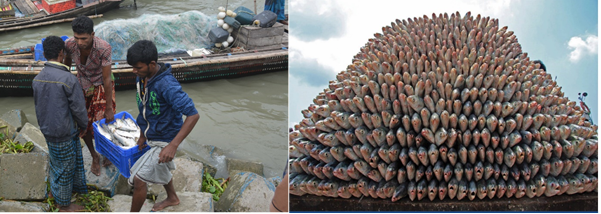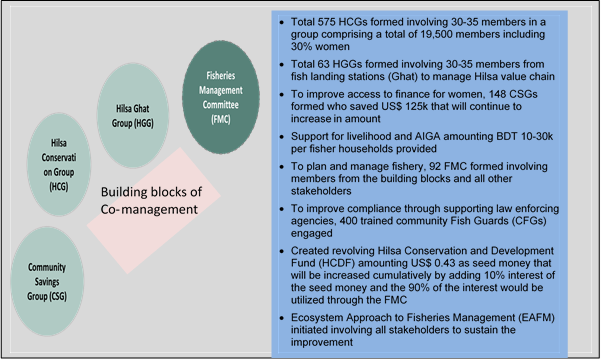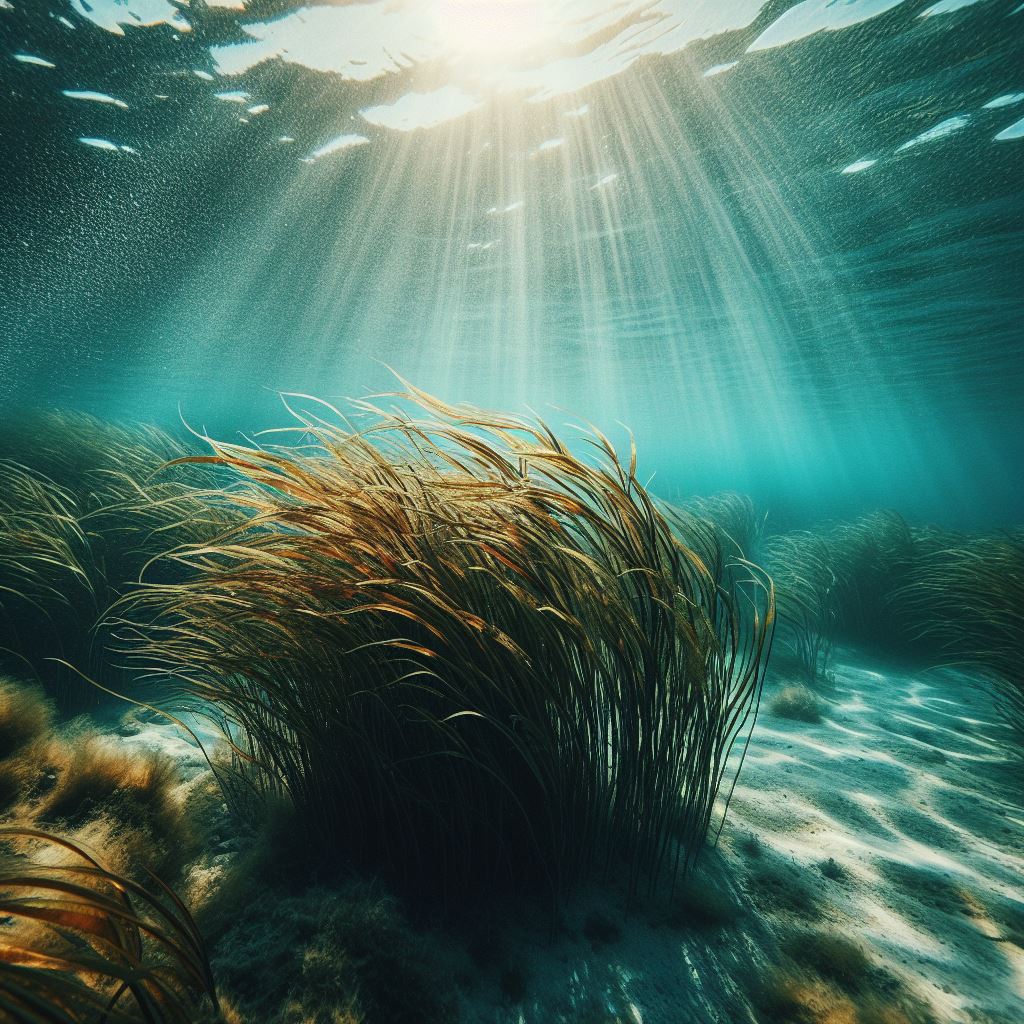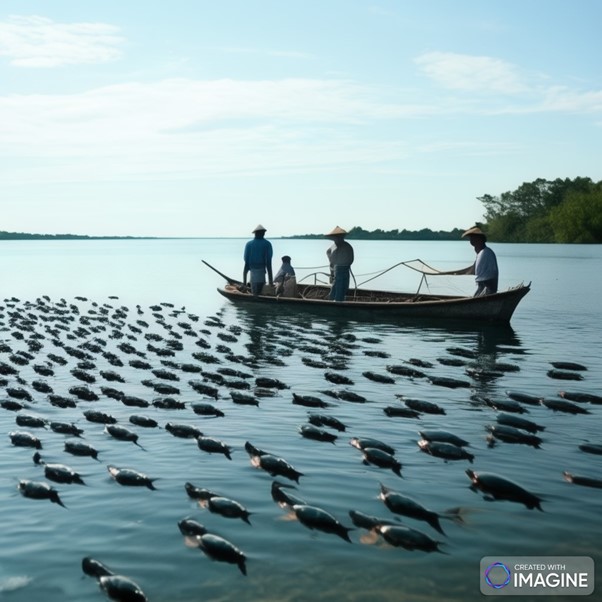By : Dr. Md. Abdul Wahab
The Hilsa Shad (Tenualosa ilisha) or Hilsa is not only the national fish but also the most popular and most commercially important fish in Bangladesh. The fish is also very popular and commercially important fish in India, Myanmar, Iran, Iraq and Kuwait. Its close relative, the Toli Shad (Tenualosa toli) or terubuk is also a very popular fish in Malaysia. Out of the total global catch of Hilsa, Bangladesh shares about 86% followed by India (8%), Myanmar (4%) and the rest by other countries. Total annual Hilsa catch in Bangladesh from all the three habitats is about 0.517 tons that worth about US$ 3,100 million (@US$ 6/kg) that comprises about 12% of country’s total fish production.
The fishery directly employs about 0.5 million fishers and indirectly about 2 million throughout its value chain. The fishery covered almost 40% of the small scale fishery of the country. Artisanal fishing vessels mainly using gillnets catches the fish. There are about 68,000 artisanal fishing vessels made of wood and mostly shorter than 20 m in length and about 8 m in width that propelled by 13-120 hp engines. About 80% of the artisanal boats catch Hilsa as target species and operate below 40 m depth zone and in the peak season, fishers may catch a pile of Hilsa in a single trip. However, about 3% of total Hilsa are caught by mid-water trawlers that operate beyond 40 m depth.

A scene of Hilsa landing from artisanal boat (left) and a pile of harvested Hilsa (right).
Considering the enormous importance of the small scale Hilsa fishery in Bangladesh, the country took the lead in managing the fishery. During 2002-03, the fishery started declining sharply and the production gone down to below 0.2 million tons, the Government formulated Hilsa Fishery Management Action Plan (HFMAP). The focused areas of the HFMAP were the establishment of sanctuaries to protect juvenile in the peak season, protection of brood Hilsa in the peak spawning season, eradication of harmful gears, protection of migratory routes, avoid overfishing, and so no. From 2005, the HFMAP implementations started and since then Hilsa production increased @5%/year till 2015.
To improve the annual incremental production further, Department of Fisheries and WorldFish jointly started implementation of a project entitled, Enhanced Coastal Fisheries in Bangladesh (ECOFISH-Bangladesh), a USAID funded five-year initiative (2015-2019). The project supported the Department of Fisheries (DoF) and local communities to establish a collaborative science-based management, called “co-management” that focuses on the reduction of overfishing, protection of juveniles, protection of brood in the peak spawning season through involving all stakeholders as well as improving community empowerment focusing on women and livelihood diversification to improve the resilience of the community to endure compliance during fishing ban periods.
To implement the science-based adaptive co-management, at first the production target was set at the maximum sustainable yield (MSY = 0.526 million tons) level that was estimated through stock assessment of the project. Then the building blocks of the co-management were established, livelihood supports in addition to the Government’s rice support (@ 40 kg/ID card holder fisher/month for 7 months) was provided, and women was empowered through better engagement, community savings and the AIGA – Alternative Income Generating Activities.

Hilsa co-management & livelihood support through ECOFISH-Bangladesh project.
To improve compliance through supporting law enforcing agencies, 400 trained community Fish Guards (CFGs) were engaged. A revolving Hilsa Conservation and Development Fund (HCDF) amounting to US$ 0.43 million was created as seed money that would be increased cumulatively by adding 10% interest of the seed money and the 90% of the interest would be utilized through the co-management committees. Finally, Ecosystem Approach to Fisheries Management (EAFM) was initiated involving all stakeholders to sustain the improvement.As a synergistic impact of the general management activities as well as science-based co-management through the ECOFISH-Bangladesh project, annual incremental total Hilsa catch increased from 5% to 11%, resulting a total catch of 0.517 million tons in 2018, which is almost the estimated MSY level. In addition, Hilsa size has also been improved from an average 510 g in 2014 to 915 g in 2019. As a result of the increased production and improved size, the household fishers’ income has been increased by 65% during the last four-year period (Figure 3). As an additional impact on other species, catfish, specially the native Pangas (Pangasius pangasius) abundance and size have been improved remarkably.

Impact of improved co-management on fish production and fishers’ livelihood: Hilsa catch improved (top left), Hilsa size improved (top right), fishers’ income increased (bottom left) and catfish abundance increased (bottom right).
For sustaining the improvement, precautionary measures to avoid over-harvest through continuous monitoring and maintenance of the resilience of the river and that of the fishers reliant on it through implementing EAFM, institutionalization and mainstreaming of the co-management and /or EAFM efforts focusing on the CSGs, CFGs and HCDF are highly recommended. The case of the Hilsa fishery improvement in Bangladesh may be followed for the improvement of the similar small scale fisheries anywhere in the world.
Date of Input: 01/07/2020 | Updated: 26/11/2020 | nsyahirah
MEDIA SHARING































